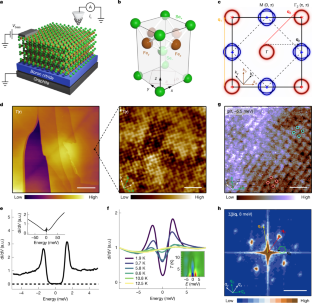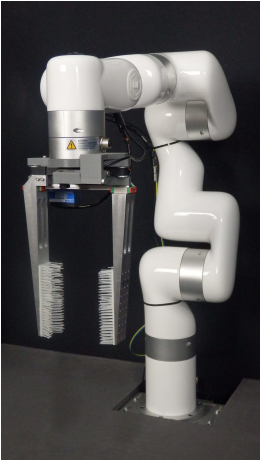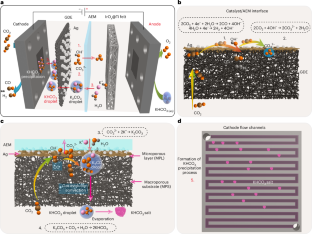2025-03-27 カリフォルニア工科大学 (Caltech)
<関連情報>
- https://www.caltech.edu/about/news/caltech-led-team-finds-new-superconducting-state
- https://www.nature.com/articles/s41586-025-08703-x
鉄系超伝導体におけるクーパー対密度変調状態 Cooper-pair density modulation state in an iron-based superconductor
Lingyuan Kong,Michał Papaj,Hyunjin Kim,Yiran Zhang,Eli Baum,Hui Li,Kenji Watanabe,Takashi Taniguchi,Genda Gu,Patrick A. Lee & Stevan Nadj-Perge
Nature Published:19 March 2025
DOI:https://doi.org/10.1038/s41586-025-08703-x

Abstract
Superconducting (SC) states that break space-group symmetries of the underlying crystal can exhibit nontrivial spatial modulation of the order parameter. Previously, such states were intimately associated with the breaking of translational symmetry, resulting in the density-wave orders, with wavelengths spanning several unit cells. However, a related basic concept has long been overlooked: when only intra-unit-cell symmetries of the space group are broken, the SC states can show a distinct type of nontrivial modulation preserving long-range lattice translation. Here we refer to this new concept as the pair density modulation (PDM) and report the first observation of a PDM state in exfoliated thin flakes of the iron-based superconductor FeTe0.55Se0.45. Using scanning tunnelling microscopy (STM), we discover robust SC gap modulation with the wavelength corresponding to the lattice periodicity and the amplitude exceeding 30% of the gap average. Notably, we find that the observed modulation originates from the large difference in SC gaps on the two nominally equivalent iron sublattices. The experimental findings, backed up by model calculations, suggest that, in contrast to the density-wave orders, the PDM state is driven by the interplay of sublattice symmetry breaking and a peculiar nematic distortion specific to the thin flakes. Our results establish new frontiers for exploring the intertwined orders in strong-correlated electronic systems and open a new chapter for iron-based superconductors.



